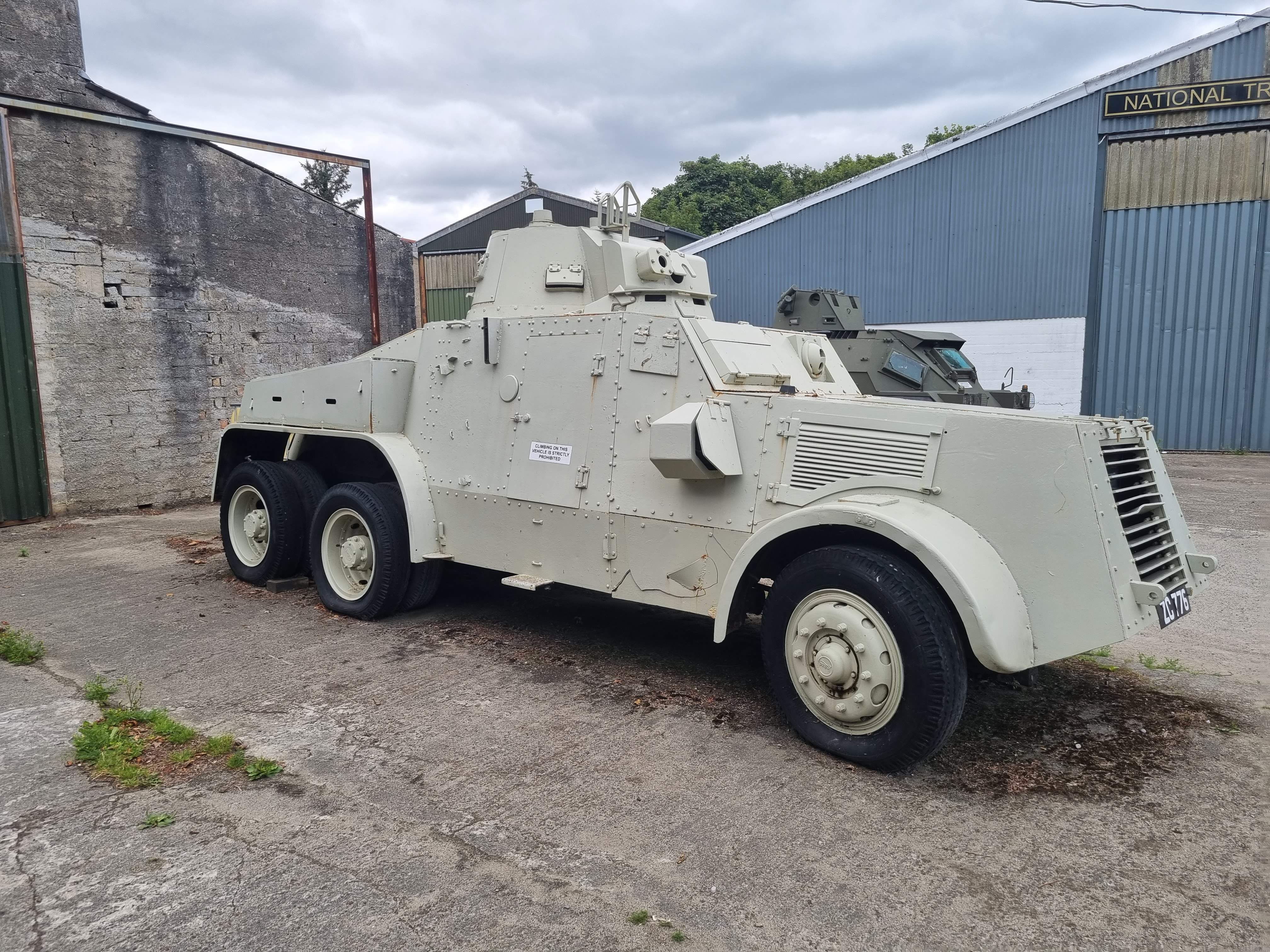The Matador
One of the most famous military vehicles of the Second World War, the AEC Matador went on to serve bus companies and fairground kings for many years after. Here we chart the history of one that made it to these shores.
The Retriever
On their departure in 1922, the British authorities left a sizeable fleet of vehicles for the new Irish Army. These were gradually augmented and later replaced by new vehicles and up to recent times much of the transport used by our Defence Forces has, like the commercial sector, been of British origin.
Morris CDSW 3-axle Gun Tractor. ZD 296.
Irish Army Morris 6 x 4 Gun Tractor, 1940 to 1968. The first exhibit you will meet when you enter the Museum, this gun tractor was one of a fleet of 19 purchased in 1939 and placed in service in 1940. These tractors towed two pieces of equipment, a 25 pounder field artillery gun and a trailer for the ammunition. This particular vehicle was based in Mullingar barracks where it served with both the 2nd Field Artillery Battalion and the 4th Field Artillery Regiment. It transferred to Dublin in 1945 and was assigned to the 2nd Field Artillery Regiment. During the 1947 blizzards, a number of these vehicles, including this one, helped ESB engineers reach fallen high tension cables in isolated rural locations as it was equipped with chains for the wheels which made it invaluable in this unusual non-military role. It was retired in 1968 and bought by the late Bill Swanton at auction and presented to the Museum. It has appeared in a number of films and the RTÉ series, "Caught in a Free State".
Integer acam
Unimog. 2269 ZC.
Irish Army Unimog armoured scout car 2269 ZC, 1972 to 1987. Landsverk, the Swedish armaments manufacturer built these vehicles on Mercedes Unimog S404 chassis and 15 were bought by the Defence Forces in 1972. They were required urgently for the Cavalry Corps to boost their patrolling capability on the border with Northern Ireland as the situation there deteriorated in the early 1970's. French Panhards were already on order but their delivery could not be expedited so the Unimogs were intended as a stop-gap measure. They were allocated to various squadrons along the border and worked there until 1980, at which point they were transferred to F.C.A. (Reserve) units. Finally withdrawn in 1987, 2269 ZC was presented to the Museum and is on display in Howth. The photo shows it being delivered to the Museum by an Army Hino loader.




